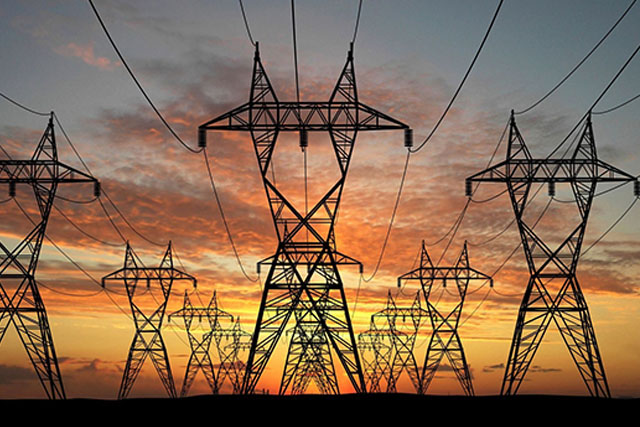Faced with an intense liquidity crunch, independent electricity generators want the government to speed up the process of injecting liquidity into cash-strapped power distribution firms so that they can pay off their plant debts as soon as possible.
In separate letters to the Ministry of Power and the Prime Minister 's Office, the Association of Power Producers pointed out that operating power plants are becoming more complicated by the day, as power plants need to make advance payments for coal and rail freight.
“Many of the generators have now reached a stage where they do not have money to buy coal, or pay salaries or pay for transport charges and LTA (transmission) charges,” the letters, reviewed by FE, from power producers to the government said. “For these generators, once the coal stocks at the plants are depleted, they may have no option but to shut down the plant till their liquidity situation improves,” the letters pointed.
Power plants around the country currently have coal resources to operate their plants on average for 31 days. In the context of the lock-up to contain the coronavirus outbreak, discomfort is facing a revenue shortfall, with increasing difficulties in reading meter exercises and collecting payments. It, in effect, increases the chances of underpaying power generators. Overdues — a default payment of 60 days or more — from discom to power producers were already at Rs 79,829 crore at the end of March. The total amount due would be even higher if the current unpaid invoices of major power players such as Adani Power and GMR Energy were counted.
As recently reported by FE, the Government is planning to extend a new loan of Rs 90,000 crore by sector-specific lenders PFC-REC to discom, which, according to sources, would be granted in two tranches of Rs 45,000 crore each, both of which would be special long-term holding loans of up to 10 years. Power producers also reiterated their request to the government to direct Coal India to allow the supply of coal to credit, which would reduce their burden of additional working capital loans.


































